Knowledge
Legal Tech’s Predictions for E-Discovery in 2024
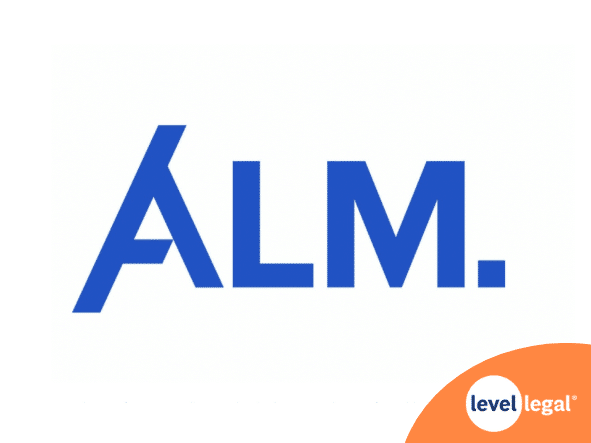
Traveling: Tips and Stories About Stephanie Angel’s Move From Big Law to Big eDiscovery | Level Table Live
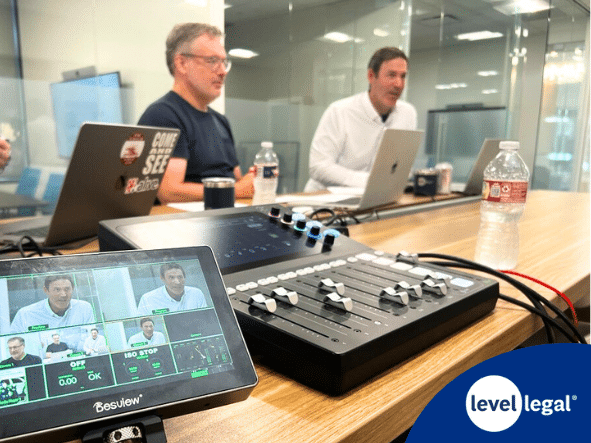
On Thin Ice: Artificial Intelligence in Antitrust Law

Career Kickstart: Seven Steps to Get Into Managed Review
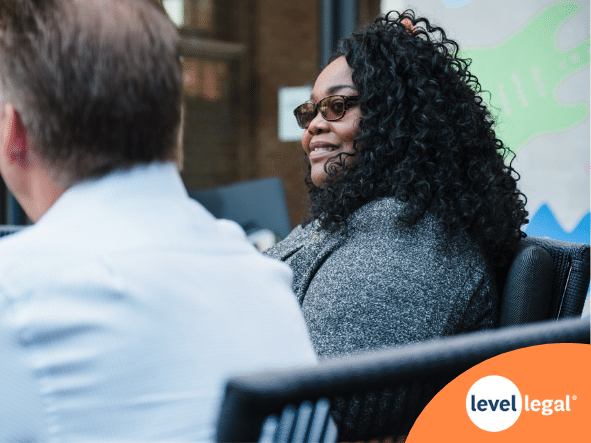
Tech-Backed Terror: Navigating the Intersection of AI, Cryptocurrency, Money Laundering, and Proliferation Financing
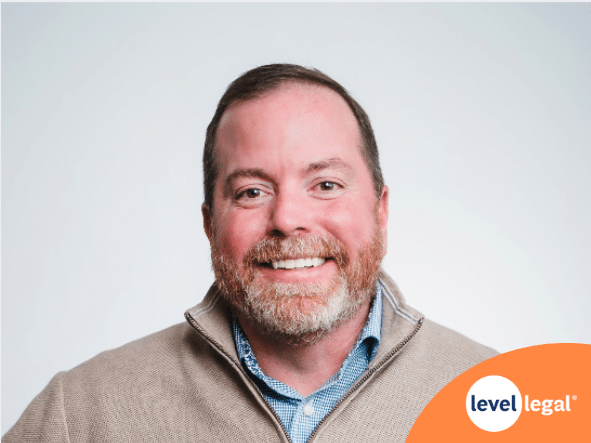
Emojis in eDiscovery: the LOLs, OMGs, and 😱 Moments of Decoding Digital Communications
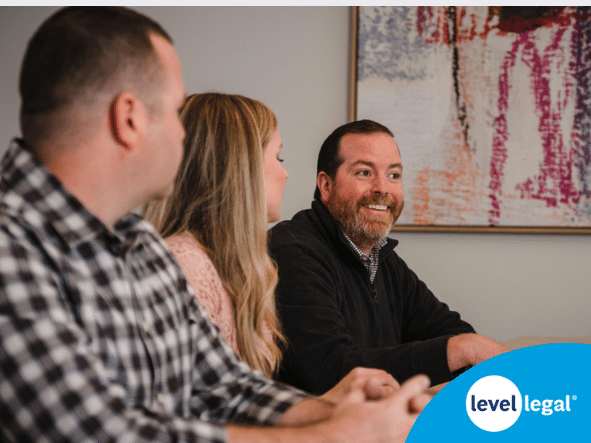
Illumination Zone: Episode 148 | Joey Seeber and David Greetham Sit Down With Kaylee Walstad and Mary Mack
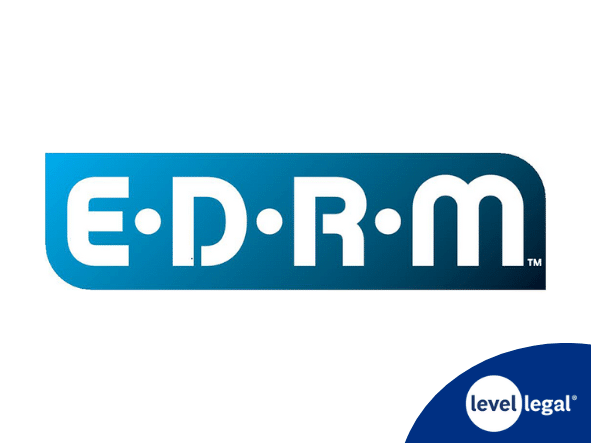
Come Together: Four Ways Legal Can Help Demolish Data Silos
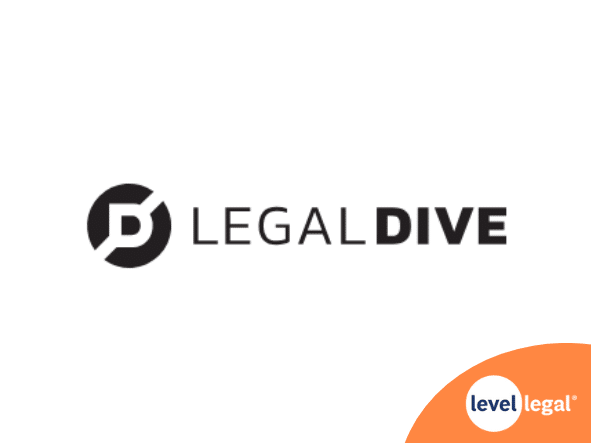
Glass Half Full: Ari Kaplan’s Optimistic Take on the Future of Legal | Level Table Live

Legal Ops-palooza: Aaron Bath Takes on Generative AI, Underwater Adventures, and Law School Approaching 50 | Level Table Live
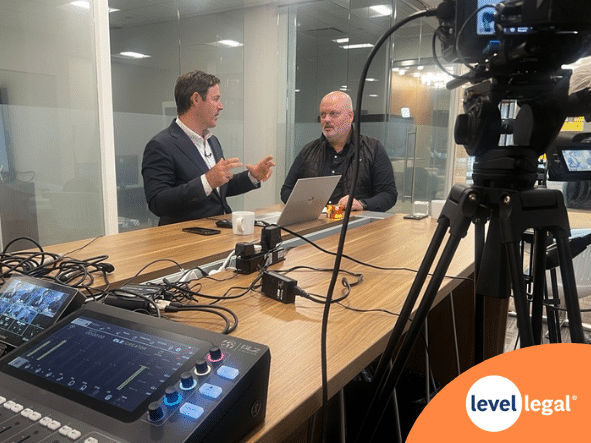
Digital Forensics Level Set: How to Protect Yourself From IP and Identity Theft

The History of Forensics and Detecting Intellectual Property Theft


